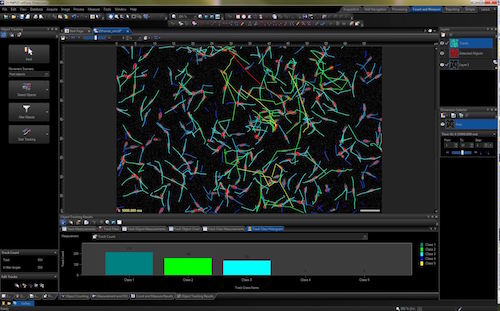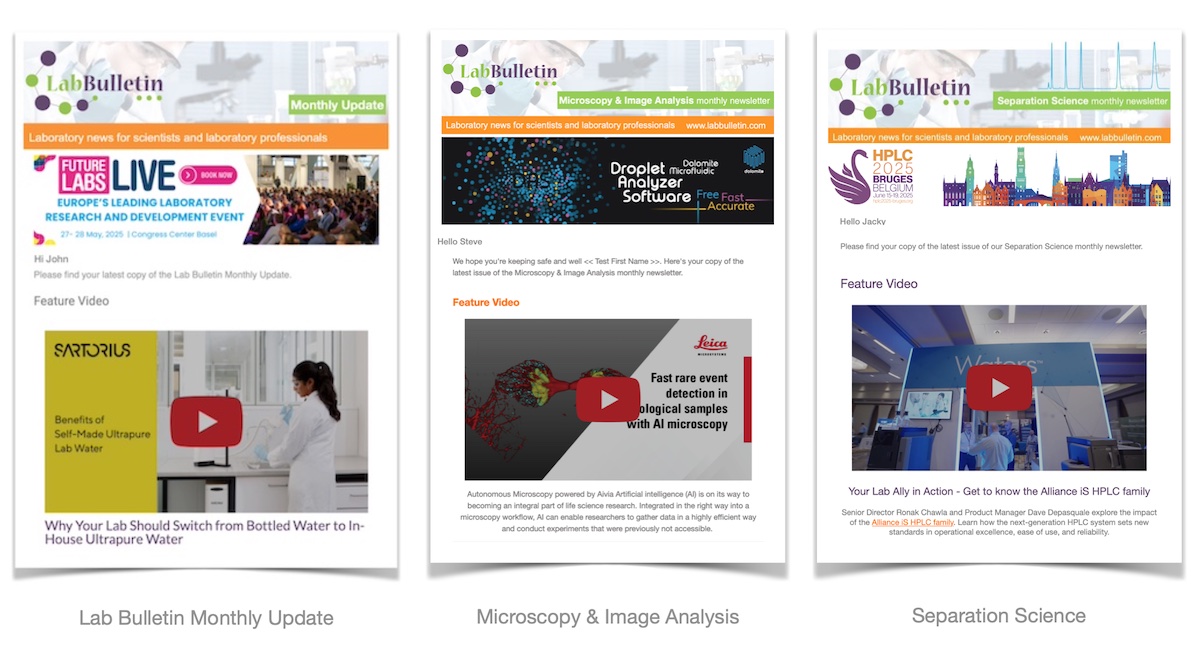Stay on Track with CellSens 1.17

Providing flexible object tracking to evaluate dynamic processes and a simplified GUI with 4K support, Olympus’ cellSens imaging software offers sophisticated solutions to extract more research data and save time in clinical laboratories.
Olympus has released version 1.17 of its life science imaging software cellSens. The new cellSens features an automatic object tracking function – a dedicated solution to analyse and document dynamic processes within living samples. The software can adapt to different scenarios, such as samples containing fast-moving objects or growing cells, while precise manual tracking is also possible. Measured objects are reported as track diagrams, tables and images, offering a range of possibilities to analyse, present and export results.
cellSens now also features a simplified graphic user interface (GUI), facilitating fast, comfortable and user-friendly on-screen operation. Together with 4K-ready microscopy accessories, such as the UC90 camera, the software presents a highly detailed image together with a clear and easy-to-use interface. This facilitates concentration on the sample and its details – with the most important controls readily available. For effective collaboration and discussion, a dedicated conference mode is also available. In this mode the image is displayed full-screen and annotation tools are just a single click away.
Olympus is continuously expanding the number of microscope accessories supported by cellSens, giving researchers the freedom to use those that best fit their needs. The range of high-end cameras is now extended to include Photometric’s Prime 95 BSI. Dual, simultaneous imaging can now also be achieved with the Andor Ultra 897 and 888 cameras, and the latest Flash4.0 V3 camera from Hamamatsu. In the dual-camera context, ratio-imaging is now up to four times faster, improving interaction during image acquisition and analysis. These capabilities make cellSens 1.17 suitable for a wider range of research applications.
cellSens gives users access to more data and saves time in routine and advanced microscopy applications, making it an ideal choice for both research and clinical laboratories.
